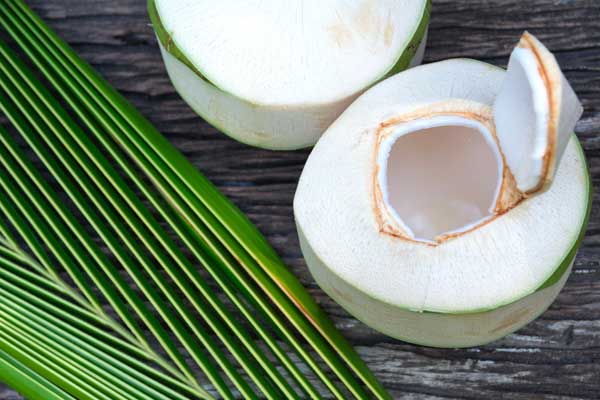In the not-so-distant past, the only way to enjoy the refreshing taste of pure coconut water was by hacking open a fresh coconut in a tropical paradise. Today, the global coconut water market is a $6.64 billion industry, and it’s only expected to grow further, reaching an astounding $20 billion by 2030. At the forefront of this remarkable transformation is the story of Vita Coco, a brand that has single-handedly revolutionized the way Americans consume this beloved elixir.

The Chance Encounter that Spawned a Billion-Dollar Business
The Birth of Vita Coco
It all started with a chance encounter between two friends, Michael Kirban and Ira, and two Brazilian women in a bar in Manhattan. The women shared their longing for the coconut water they had enjoyed back home, and this simple exchange would go on to inspire the creation of Vita Coco. Recognizing the untapped potential in the American market, Kirban and Ira set out to bring the taste of Brazil to the United States.
Overcoming Obstacles and Embracing Competition
With an initial investment of just $75,000, the duo faced numerous challenges in their quest to establish Vita Coco. However, their determination and a fierce competitive spirit fueled their success. As rival coconut water brand Zico emerged, Kirban and Ira saw it as an opportunity to push themselves harder, move faster, and ultimately dominate the market.
The Power of Packaging and Branding
Vita Coco’s success can be attributed, in part, to its iconic packaging. The Tetra Pak containers, which were already popular in Brazil, became synonymous with the brand’s refreshing and healthy image. Additionally, the introduction of various flavors, such as peach, mango, and pineapple, created a “billboard effect” on store shelves, further solidifying Vita Coco’s presence.
Conquering the American Market
Vita Coco’s expansion was not without its challenges. The company faced legal obstacles and scrutiny over its marketing claims, but it remained steadfast in its commitment to providing a high-quality product. Securing partnerships with major retailers like Whole Foods and celebrity endorsements from the likes of Madonna, Matthew McConaughey, and Rihanna, helped propel the brand into the mainstream.
Sourcing and Sustainability
As Vita Coco’s popularity grew, the company had to expand its coconut supply beyond Brazil. By establishing partnerships with suppliers in the Philippines, Sri Lanka, Indonesia, Malaysia, and Thailand, Vita Coco was able to meet the increasing demand for its products. Alongside this growth, the company also launched its social impact program, the Vita Coco Project, which has supported over 12,000 farmers, built schools, and distributed seedlings to ensure the long-term sustainability of its coconut supply.
Diversification and Future Prospects
While coconut water remains Vita Coco’s core business, accounting for 91% of its sales, the company has expanded its portfolio to include a range of other coconut-based products, such as coconut milk, juice, oil, and cream. Additionally, the company has introduced new offerings, including aluminum-canned water and protein-infused water, to cater to evolving consumer preferences.
Conclusion
The story of Vita Coco is a testament to the power of perseverance, innovation, and a relentless focus on the consumer. From a chance encounter in a Manhattan bar to a billion-dollar public company, Vita Coco’s journey has transformed the way Americans think about and consume coconut water. As the brand continues to expand globally and diversify its product portfolio, it remains poised to maintain its position as the dominant player in the thriving coconut water market.
